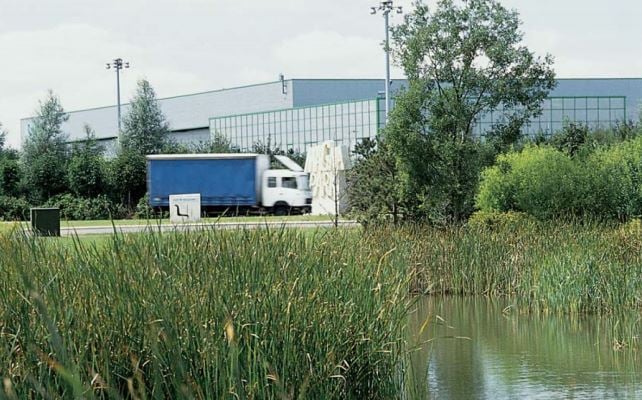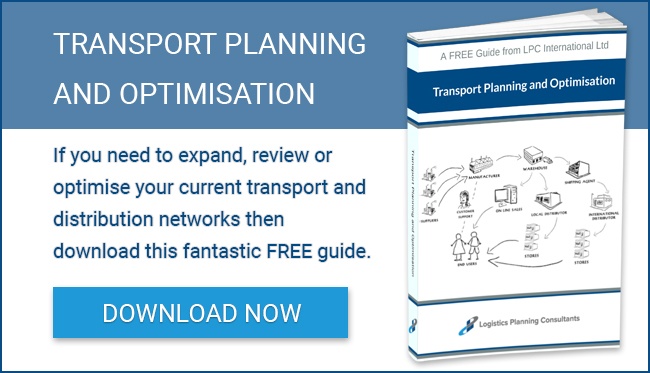
If you wish to optimise your transport planning and logistics strategy you should look at the following 8 main points and determine if any of them have room for improvement. Those main points are:
1) Materials – Are your material handling aids adequate or could you improve performance with updated equipment?
2) Quantities – When making deliveries, are you optimising the room on the delivery trucks or could you consolidate some deliveries?
3) Time – Are there areas in the loading and delivery cycle that are taking too long for reasons that can be avoided?
4) Place – It is not just a matter of delivering goods to your customer. First those goods have to be delivered to your loading bay, so could the loading bay be located more conveniently in regards to the warehouse?
5) Source – Are orders that are taken reaching the warehouse as soon as possible, or are there delays due to pricing, authorisation or other reasons which could perhaps be speeded up?
6) Price – Is your delivery operation being adversely affected by budget constraints? Would revising the budget increase efficiency and ROI?
7) Quality – Is all the equipment being used in proper working order and are all your staff adequately trained and equipped for what they do?
8) Service – Are your customers happy with your service or could they be looking to take their business elsewhere?
The Big Picture
Although you must of course look at the whole picture, just like a jigsaw, if all the pieces are not the correct shape or are damaged, the picture can never look its best. You must therefore look at each aspect of the operation as a separate component and only after you have ensured each of them is in good shape, work on piecing them together correctly to produce the best possible picture.
Costs are always a concern but sometimes spending a little extra on one piece of the puzzle can make the complete picture cheaper. Even if improvements do cost extra, often those extra costs are recouped by extra customers you receive due to an improved delivery service.
Although deliveries can account for a large percentage of costs, it is often the effectiveness of that delivery servic that separates one competitive business from another. The business with the most effective delivery service is liable to get the lion’s share of the orders.
As the delivery service can impact how much business a company receives, it is important that the deliveries are the most effective, better than the direct competitors. However, the service should not adversely affect the price, otherwise orders can be lost. Continually analysing and taking steps to improve the efficiency of the delivery service is therefore paramount to any business’s success.
GPS
Today there are various commercial GPS systems that have been designed to optimise transportation costs. If you already use GPS in your fleet, do you have systems in place to monitor them? Or, perhaps more importantly, is the information they can provide being analysed to see where problems exist or where potential problems may exist in the future? The price of fuel for your fleet is always a major cost and so often the shortest routes are taken, but getting caught in heavy traffic is also expensive on fuel. Armed with the information provided by a GPS system, are there more cost effective routes available? Sometimes finding routes which are longer but more efficient on fuel can also result in faster deliveries due to fewer delays on the roads.
Targets
In order to quantify the efficiency of your delivery service, you must determine the factors involved and then set targets for each factor to meet. This means that you have to monitor every aspect of your supply chain, trying to improve on them. Always remember that when one aspect of the system is changed for the better, it may affect other aspects, sometimes adversely, and so every time one aspect is changed, review other aspects to ascertain if they are affected in any way. Often this can require modelling software to run “What if” scenarios to avoid causing hiccups to your live operation.
Usually, an improvement in one aspect helps the others but this may not always be the case. For instance, if the warehouse team can get goods to the loading area faster, is the loading area cleared and ready for them, or will those goods just sit around until trucks and staff are available for loading?
Team Input
The last point to consider when optimising the transport and logistics in your business is the fact that managers do not have a monopoly on good ideas; they can also come from your workers. While managers may oversee the system, it is the workers that have the hands on experience and can often see where improvements can be made. It is therefore important to include staff in review and performance meetings on a regular basis as part of your improvement strategy.
Our FREE Guide To Transport Planning
To find out more about supply chain optimisation, please download our free Guide To Transport Planning & Logistics. Sections include warehouse management, analysis, management strategies and working with 3PLs. Click here to claim your copy.


